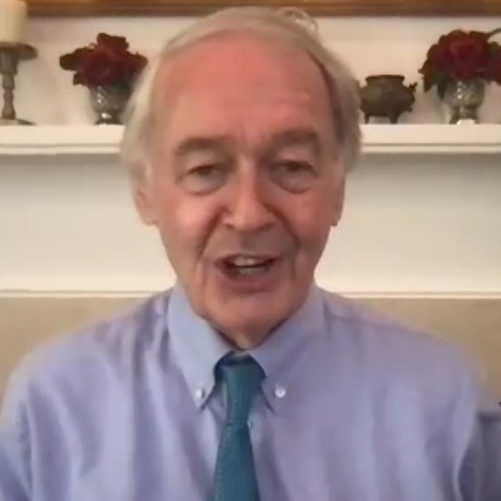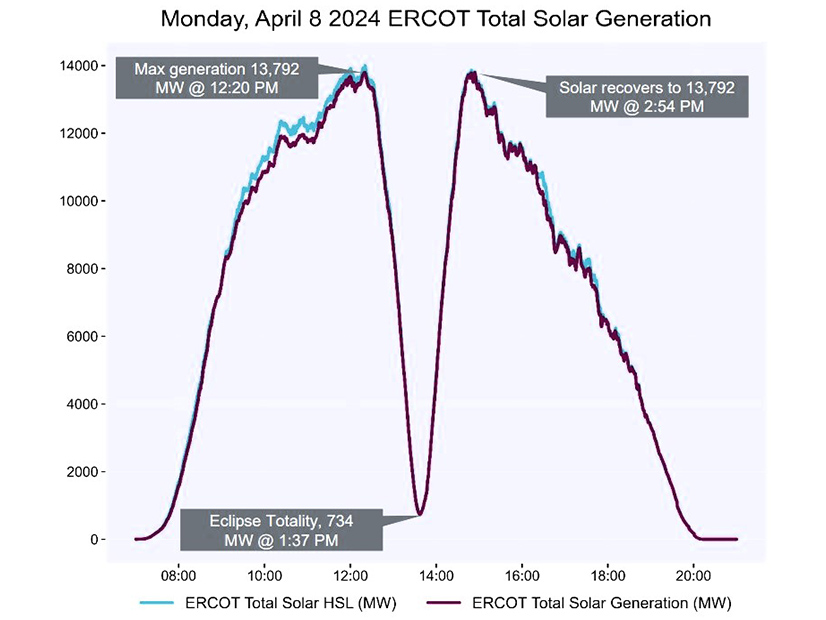Entergy’s CEO touched on several recent developments on a first-quarter earnings call April 24, including the utility’s recently approved grid-hardening plan for Louisiana, an outage at the Waterford 3 nuclear plant and New Orleans’ acceptance of a settlement concerning Grand Gulf nuclear station.
Entergy CEO Drew Marsh said Entergy over the quarter made strides in “risk reduction efforts that will benefit our key stakeholders” during the call.
Entergy reported first-quarter earnings of $230 million ($1.08/share) compared to first-quarter 2023 earnings of $311 million ($1.47/share).
Entergy CFO Kimberly Fontan said the lower-than-expected earnings can be attributed to mild weather, planned generator maintenance outages and lower sales to cogeneration customers, among other factors.
Marsh framed the Louisiana Public Service Commission’s April 19 approval of the utility’s $2 billion grid-hardening plan in the state as a positive development.
“A more resilient grid will also serve as a catalyst for growth as it bolsters confidence for customers seeking to locate or expand in our service area,” he said.
The PSC approved Entergy Louisiana’s plan just four days after the utility submitted it; consumer advocate groups blasted the process as rushed and only in Entergy’s interest. (See Louisiana PSC Adopts Nearly $2B Entergy Resilience Plan.)
Marsh said the plan includes 2,100 transmission and distribution projects that will be crucial to communities, and Entergy Louisiana plans to start work immediately.
Marsh noted Entergy Louisiana also filed for PSC approval of its Bayou Power Station, a $411 million, 112-MW “quick-start, nonbaseload” natural gas power station. He called it an “innovative solution to meet the power needs in a challenging area on the edge of the Eastern Interconnect.”
The power plant is planned to sit atop a barge in a southern Louisiana canal and could rise with storm surges.
Marsh drew attention to the New Orleans City Council on April 18 agreeing to a $252 million settlement to resolve its longstanding allegations of mismanagement and poor performance at the Grand Gulf nuclear station in in Port Gibson, Miss.
The city council settled with Grand Gulf operator and Entergy subsidiary System Energy Resources, Inc. on three fronts: $116 million to resolve allegations around SERI’s mismanagement; $138 million to settle allegations of dubious tax accounting; and $500,000 to lay concerns over reliability to rest.
“This agreement is consistent with SERI settlements with Mississippi and Arkansas, both of which were approved by FERC and determined to be fair and reasonable. … With the addition of New Orleans, SERI has resolved roughly 85% of its litigation risk,” Marsh said.
Rod West, president of Entergy utility operations, said Entergy has a shot at pursuing a settlement with Louisiana “in the near term” over Grand Gulf operations now that New Orleans’ litigation is over.
The Louisiana PSC has been a holdout on a settlement, maintaining ratepayers are owed hundreds of millions of dollars because Entergy mishandled plant operations, undertook an expensive and excessive plant expansion, and engaged in improper accounting and tax violations that shifted costs to ratepayers. (See Former Employee Details Failures at Entergy’s Grand Gulf.)
Marsh also delivered an update on the offline Waterford 3 nuclear generating station in St. Charles Parish. He said the plant is “working to recover” from a shutdown following a transformer failure. He said the failed transformer was 20 years old, halfway through its expected lifespan.
“Early indications point to equipment failure as the cause,” Marsh told shareholders.
In the meantime, Entergy plans to outfit Waterford 3 with an interim, spare transformer to bring the plant to 90% capacity over the summer until a fully compatible replacement transformer arrives, Marsh said.
“We’re working diligently to bring the plant back online in the coming weeks,” he said.
Finally, Marsh said Entergy utilities will submit by the end of May six projects furthering the clean energy transition for funding consideration from the U.S. Department of Energy’s Grid Resilience and Innovation Partnership program. Entergy received letters of encouragement on six of the eight preliminary proposals it submitted late last year. Marsh said federal support stands to lower customers’ capital costs. (See Entergy Highlights Data Center and Industrial Load Growth in Q4 Earnings.)

